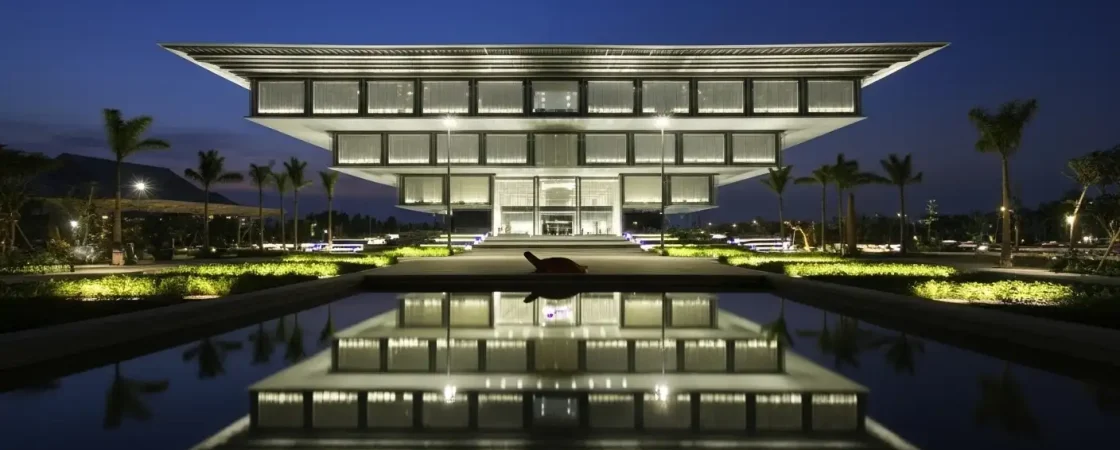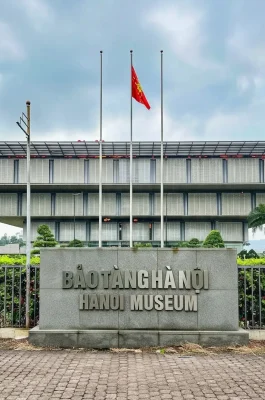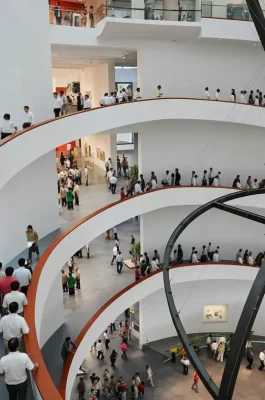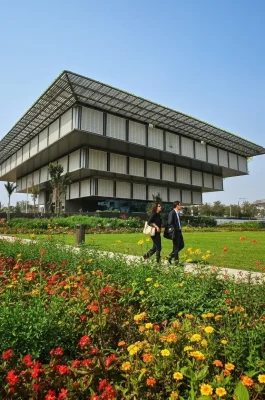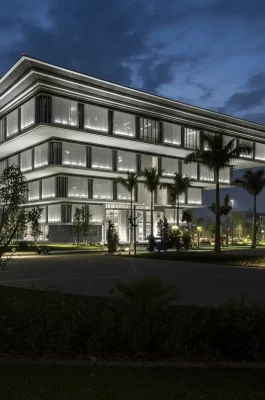The Hanoi Museum (Bảo tàng Hà Nội) is not just a repository of history but an architectural statement. Opened in 2010 to celebrate the 1000th anniversary of Thăng Long (Hanoi), it houses a massive collection of artifacts, all within one of the most uniquely designed buildings in the city.
I. General Overview and Architecture
Striking Design: The museum is renowned for its iconic and contemporary architecture. Designed by a German firm, the structure resembles an inverted pyramid. It features four large, staggered square levels, with the top floor being the largest. This design makes the museum a popular spot for photography and modern architectural appreciation.
Vast Scale: Situated on a large plot of land outside the city center, the museum’s size reflects its ambition: to display over 70,000 artifacts and documents that span the thousand-year history of Hanoi (formerly Thăng Long).
Core Focus: The museum covers the entire spectrum of Hanoi’s history, from its prehistoric origins through imperial dynasties to the modern era, focusing on the cultural, political, and social development of the capital region.
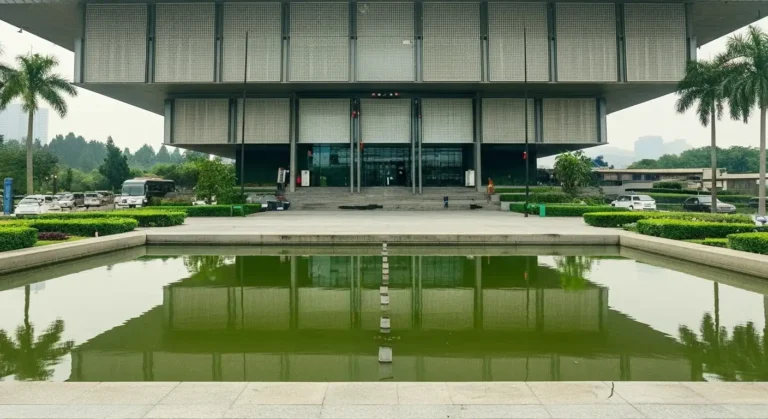
II. Key Exhibits and Cultural Insight
The museum’s interior is laid out thematically, with each floor focusing on different aspects of Hanoi’s past:
Ground Floor (Conceptual Display): The first floor is open and spacious, designed to welcome guests and often features temporary or large-scale, symbolic exhibits about the city’s character.
Second Floor (Pre-Thăng Long Era): Features artifacts from early human settlements and archaeological findings, tracing the region’s history before it became the imperial capital in 1010.
Third Floor (Imperial History): Dedicated to the periods of the Lý, Trần, and Lê Dynasties, displaying precious artifacts that showcase the height of Vietnamese imperial culture and the city’s role as the political heart.
Fourth Floor (Hanoi in the 20th Century): Focuses on modern Hanoi, covering the city’s development under French colonialism, its role in the wars, and its growth into the contemporary capital.
Collection Highlight: Visitors can expect to see historical documents, unique pottery, fine ceramics, traditional folk art, and bronze artifacts, all organized to illustrate the city’s progression.
III. Practical Visitor Information
| Detail | Information |
|---|---|
| Address | Phạm Hùng Street, Mễ Trì Ward, Nam Từ Liêm District, Hà Nội, Vietnam. |
| Getting There | It is located quite far from the Old Quarter (7−8 km), near the National Convention Center. It is best reached by taxi, ride-hailing app (Grab), or public bus (routes 22B, 21B, 60A, 60B, 50 stop nearby). |
| Opening Hours | 8:00 AM – 11:30 AM and 1:30 PM – 5:00 PM (Tuesday to Sunday). |
| Closed: Mondays and some major holidays. | |
| Admission Fee | Adults: 30,000 VND per person (approx. $1.2 USD) |
| Students (with ID): 15,000 VND | |
| Children (6-16): 10,000 VND / Under 6: Free | |
| Phone Number | +84 902 070 999 (Contact number for the Museum) |
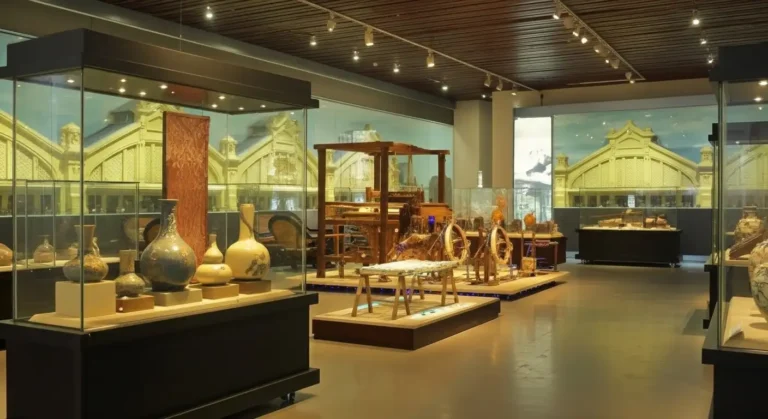
IV. Traveler's Tips
Photography: The museum’s exterior is a primary attraction. The grounds are spacious and beautifully landscaped, perfect for photography. Check inside for any restrictions on flash photography.
Location Note: Because of its distance from the central tourist areas, plan your visit strategically. It is often combined with the nearby Vietnam National Convention Center or My Dinh National Stadium area.
Guided Tours: Guided tours (Vietnamese, English, French) are available for an extra fee (approx. 150,000 VND per group) and can significantly enhance your understanding of the complex exhibits.
